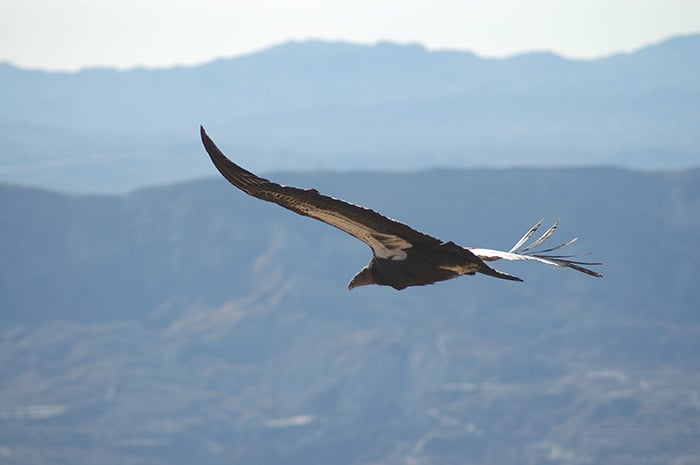
Yurok elders resolved to reintroduce condors to their ancestral lands in 2003. Since then, the tribe has garnered support from the National Park Service and U.S. Fish and Wildlife Service, as well as 14 other agencies and organizations. Before receiving widespread backing, however, the tribe hired biologists to study the landscape and answer one crucial question: Will reintroduction in Northern California be successful?
In 1982, only 22 California condors remained on Earth, and the species seemed doomed to extinction. Their chief threat was (and is) lead poisoning from carcasses contaminated by lead ammunition. By the time condors seized the attention of researchers, as a species worth studying and saving, the only remaining populations lived in Southern California. When reintroduction programs began in the ‘90s, it seemed like less of a gamble to start where condors had last been observed.
But now, two decades later — after successful breeding programs at San Diego, Los Angeles, Oakland and Oregon Zoos — we have enough condors to go around, a surplus if you will, and Yurok tribe biologists regard reintroduction in Northern California with well-founded optimism.
In September, Yurok tribe biologists published results from a multi-year study measuring lead and other contaminants in the Klamath River area. (They published their results, coincidentally, in The Condor: Ornithological Applications.) From 2009 until 2013, they captured turkey vultures and common ravens using no-kill traps baited with carrion. Like the California condor, vultures and ravens are scavengers likely to ingest lead ammunition. The biologists drew blood from each bird and sent the samples to Michigan State University, where they were analyzed for lead.
Even so, the Yurok tribe doesn’t expect regulatory processes to be a cure-all for condors. The tribe’s Hunters as Stewards program disseminates information through Northern California and Oregon to gun clubs and other circles, hoping to persuade hunters to give up lead ammunition on their own accord. If all goes well, the sight of a condor flying over the redwoods and across the Klamath River will soon become a reality.
Learn more about the wildlife found in the redwood forest, including a newly discovered species of flying squirrel on our Giant Thoughts blog.
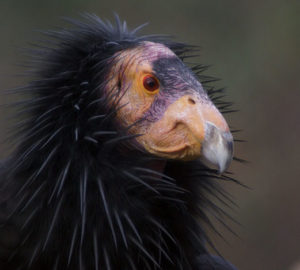

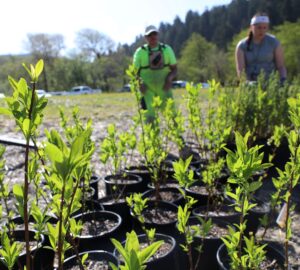
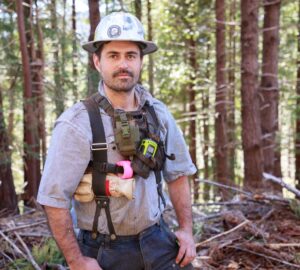

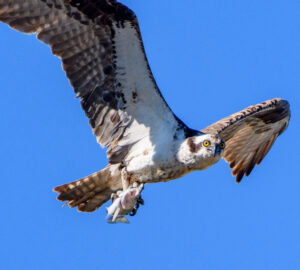

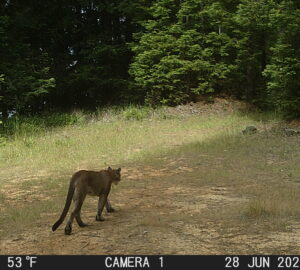
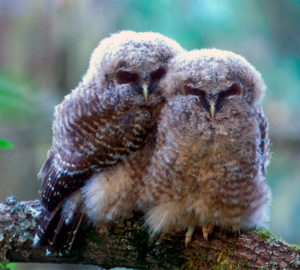
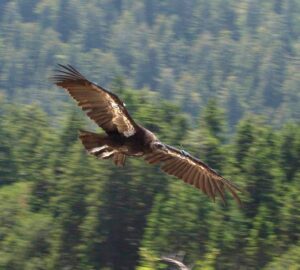
One Response to “A Second California Condor Comeback is on the Horizon”
Tam
That is so awesome! I love Condors and they are so special and majestic. I hope the ban on lead stays in effect and that hunters will understand that very important species are depending on their responsible use of ammo when they hunt.